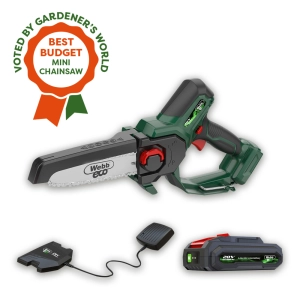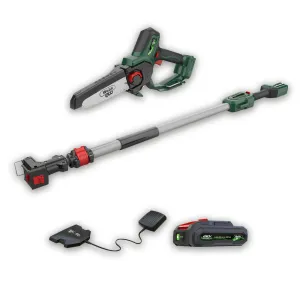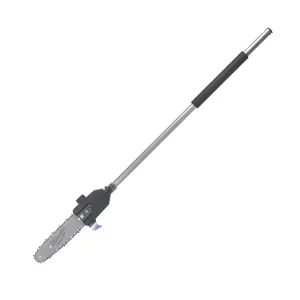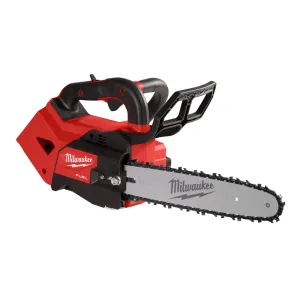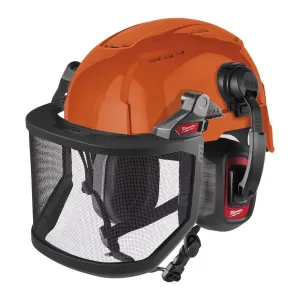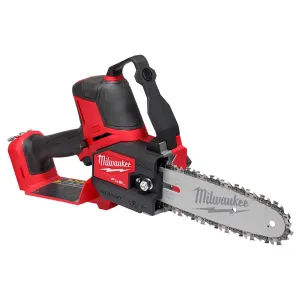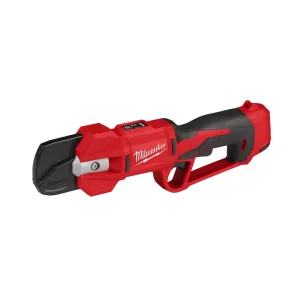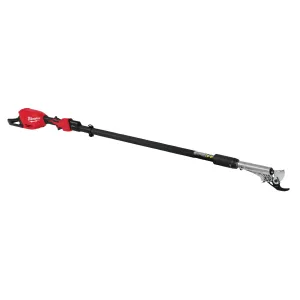Whatever your reason for pruning, the chances are that with a few simple techniques up your sleeve, you’ll end up improving the performance, structure, and health of the shrubs or trees in question.
Maintenance pruning
When we talk about maintenance pruning, we mean pruning every year after shrubs have finished flowering to encourage strong annual growth and performance, and to keep their size in check.
If you have shrubs and small trees in your garden, they will benefit from an annual maintenance prune to support their general health, and shape.
You should prune directly after flowering if the shrub is deciduous (loses its leaves in winter) and flowers from November to June - or is a flowering evergreen. It’s important to prune at this time as leaving it any later can interrupt the flow of nutrients and cause plant damage.
The list is a long one, but some of the most common flowering shrubs in this category include:
- Viburnum
- Skimmia
- Camellia
- Ceanothus
- Lilac
- Single once-blooming roses
- Mahonia
- Philadelphus (mock orange)
- Flowering currant
- Hardy Fuchsia
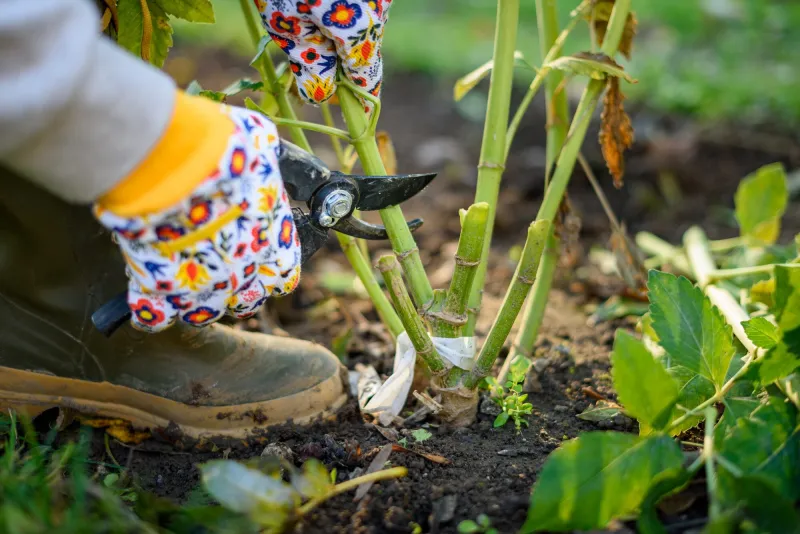
Cut close to the centre of the shrub
Prune evergreen shrubs immediately after flowering rather than leaving them until the autumn. This will prevent damage to the plant as evergreens do not have food reserves in their roots to draw on.
Most non-flowering evergreens can be pruned mid-spring before they are actively growing. Make sure any risk of winter frost has passed before you start pruning.
When carrying out basic maintenance pruning, you are looking for damaged, weak or injured branches or stems.
Cut them close to the centre of the shrub or trunk, where they meet another stem. If you don’t do this and just cut off the tops of branches, you will encourage denser foliage at the top and weaker stems / branches at the centre.
Make sure your pruners are clean and sharp and make a 45° cut just above a new bud with the lowest point of the cut on the opposite side of the bud.
That’s all you need to do for general maintenance pruning, but if branches or stems are particularly tough, you might want to treat yourself to some cordless electric pruners.
Reshaping and renovation pruning
Shrubs and trees that have grown out of shape, grown too big, or just don’t look the way you want them to will benefit from a reshaping or renovation prune.
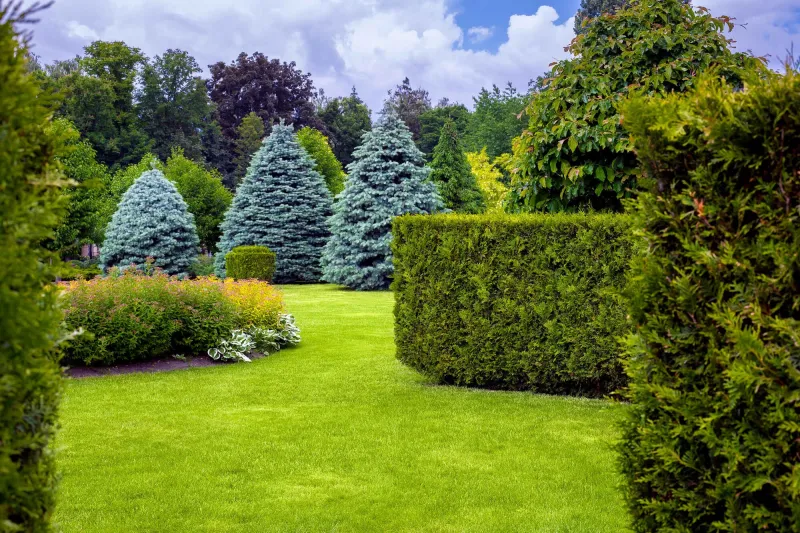
Conifers can be pruned with shears to the desired shape
Some shrubs and trees like conifers, buxus or privet that already have a good basic shape can be pruned with shears by sight, sculpting them to the desired shape – once a year. You don’t need to worry about the location of buds on these types of shrubs or trees.
If you are starting from scratch and your conifer is overgrown, start this project in winter. You may need to lop the top off with a saw to create the correct height. Make this cut just above a branch that is holding foliage.
Once you have the desired height you can start shaping the branches the way you want to. For a conical shape, prune from the top leaving branches longer as you go down to create a cone shape. Always make sure you leave branches with some foliage on so new growth can occur.
If branches are tough, try using a saw or mini chainsaw to make the job easier. Remove dead branches close to the trunk as you prune.
The technique for shaping or renovating deciduous or non-coniferous evergreen trees is a little different. Shrubs and tress with branches that form in spring and flower in summer can be pruned in February-March.
You can make selective cuts to reshape a shrub or tree by pruning branches with a bud that is facing the direction you want new growth to occur in. This will help you reshape the plant to best effect. Use the same technique as before, cutting at a 45° angle with the lowest point facing away from the bud.
Remove whole branches or stems by cutting close to the trunk or base for a thinning out prune or use heading cuts to encourage lateral growth by cutting stems or branches at the point you want this growth to occur. Again, cut just above a bud when you do this.
This type of pruning will help open up the plant, allowing air and sunshine to get to more of the plant, which is great way to encourage growth, boost plant health and reduce the impacts of disease.
When you prune and remove stems or branches with buds above the cut, you will encourage the shrub or tree to produce larger blooms or fruits. This is because the plant now only needs to direct energy to a smaller number of buds – boosting their growth.
Further reading in our pruning series:





